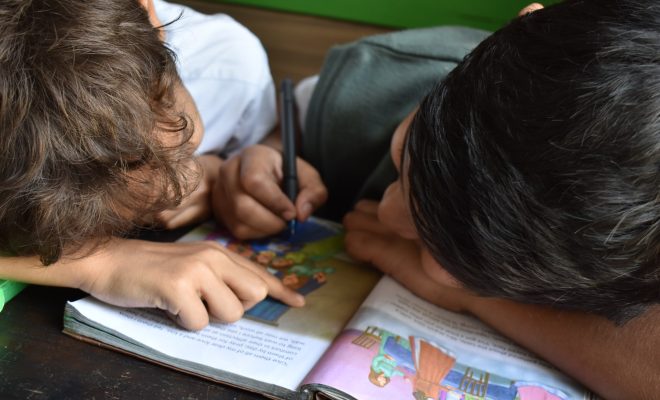What Does Academic Enrichment Involve?

Academic enrichment activities in the class can take numerous forms and do not always involve prescribed lessons from the curriculum. Enrichment encourages learners to take a more expansive look at a concept, perhaps by further research, approaching it with a distinct lens, or connecting the subject to a more meaningful facet of the real world. Whatever the activity may involve, the idea or goal is usually the same—encourage further exploration, intrinsic curiosity, and lifelong learning.
Key components of enrichment
Teachers must utilize appropriate data and assessment information as guidelines to find essential aspects such as literacy level, math fluency, etc. These data points let educators provide contents that will truly elevate or enhance the learning without introducing a discouraging level of difficulty.
Enrichment must be personalized and match a learner’s capabilities. Assessments to gauge Lexile reading levels or math grade-level proficiency allow educators to see exactly how to group learners efficiently for enrichment activities. Pairing or grouping learners based on these data points allows learners to have the option to work collaboratively among learners with similar interests and capabilities.
Enrichment activities should account for learner choice. This means that, while each option for enrichment should revolve around a similar learning goal, the method by which learners arrive at that objective can be vastly distinct depending on their interests or selections.
Enrichment should connect to prior knowledge and account for cross-curricular connections.
Considerations for enrichment
As the educator, if you had unlimited time to spend on a subject, genre, topic, concept, etc., what would you want learners to explore? Use the answer to this question as to the springboard for constructing enrichment opportunities.
What have learners asked to read or learn about? Create a list of topics in which learners have expressed interest. Begin to curate a collection of texts involving these topics so that learners can begin to explore their interests if completing additional research.
In what way will learners be able to work independently when completing an enrichment activity? Conversely, what would they need more instruction or assistance with as they work?
How will your account for grading or evaluation of the enrichment assignment? These learning activities should not be seen as assignments that won’t be assessed. Learners need to know how these additional activities will contribute to not only their overall learning but also their overall grade.
Enrichment might involve several rubrics or tiered projects/assignments. The idea behind several rubrics is that learners are assessed based on their capabilities involving the project or task. Similarly, tiered assignments require learners to meet the same basic objectives but incorporate varying levels of difficulty utilizing text complexity, advanced vocabulary, higher-order thinking questions, and distinct analysis levels.






